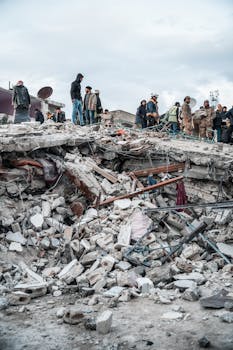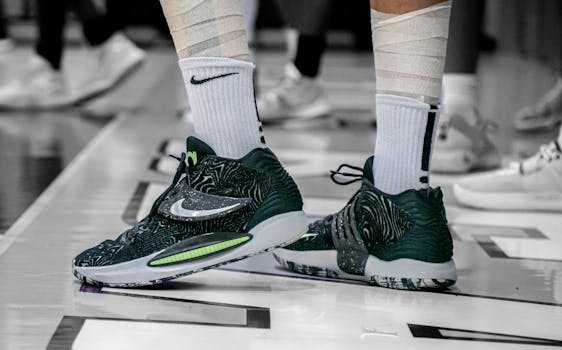
Cyborg Beetles: Tiny Tech Giants Revolutionizing Urban Search and Rescue
The world of urban search and rescue (USAR) is on the brink of a technological revolution, thanks to the unlikely heroes: cyborg beetles. These miniature marvels, combining biological and technological prowess, are poised to transform how we respond to disasters, offering unprecedented capabilities in navigating challenging environments and locating survivors. This innovative technology harnesses the natural abilities of insects, enhancing them with cutting-edge microelectronics to create a powerful tool for disaster response and beyond.
The Rise of Bio-Hybrid Robotics in Disaster Response
For years, researchers have sought ways to improve search and rescue operations following earthquakes, building collapses, and other catastrophic events. Traditional methods often prove inadequate when dealing with complex rubble piles or confined spaces. This is where bio-hybrid robotics, a field focusing on integrating living organisms with robotic systems, comes into play. The use of cyborg insects, particularly beetles, offers a compelling solution due to their inherent abilities:
- Maneuverability: Beetles are adept at navigating complex terrain, squeezing through tight spaces inaccessible to larger robots or human rescuers.
- Endurance: Their natural resilience allows them to operate for extended periods without requiring frequent recharging or maintenance.
- Biodegradability: Unlike traditional robots, cyborg beetles could potentially decompose naturally after completing their mission, minimizing environmental impact.
- Cost-effectiveness: The relatively low cost of using beetles compared to developing and deploying complex robotic systems makes this approach highly attractive.
How Cyborg Beetles Work
The process of creating a cyborg beetle involves a delicate combination of biology and engineering. Researchers typically select strong, resilient beetle species like the darkling beetle. Miniaturized electronics, including tiny sensors, cameras, and communication systems, are meticulously attached to the beetle's exoskeleton. These attachments are often lightweight and designed to minimize disruption to the beetle's natural movements.
The most critical component is a power source. While various methods are being explored, small batteries and even harnessing the beetle's own metabolic energy are being investigated. The sensors on the beetle gather data about its surroundings, such as temperature, light levels, and potentially even the presence of survivors. This data is then transmitted wirelessly to a control station, allowing rescuers to monitor the beetle's progress and gather crucial information from the disaster site.
Advanced Sensors and Wireless Communication for Enhanced USAR Capabilities
The technology powering these cyborg beetles is constantly evolving. Advanced sensors are being developed to detect vital signs, such as body heat or carbon dioxide, potentially enabling the identification of survivors trapped under rubble. High-resolution miniature cameras provide real-time video feeds, giving rescuers a detailed view of the search area. Improved wireless communication systems ensure reliable data transmission even in challenging environments with limited connectivity.
Key advancements in the technology include:
- Improved micro-battery technology: Longer operational times allow for more extensive searches.
- Miniaturized sensors: More compact and efficient sensors provide better data acquisition.
- Enhanced communication protocols: Stronger and more reliable data transmission in challenging environments.
- Artificial intelligence (AI) integration: AI algorithms can analyze sensor data to identify potential hazards and optimize search strategies.
Overcoming the Challenges of Cyborg Insect Technology
Despite the immense potential, developing cyborg beetles for USAR presents significant challenges:
- Control and Navigation: Guiding the beetles precisely and reliably through complex environments requires advanced control algorithms.
- Lifespan and Reliability: Ensuring the beetles remain functional and operational for the duration of the rescue mission is crucial.
- Ethical Considerations: The ethical implications of using living creatures in this way need careful consideration and regulation.
- Scalability and Deployment: Moving from laboratory experiments to large-scale deployment in real-world disaster scenarios necessitates significant advancements in logistics and infrastructure.
The Future of Cyborg Beetles in Search and Rescue
The future of cyborg insects in USAR is bright. Ongoing research aims to address the current challenges and improve the technology's capabilities. The integration of AI, enhanced sensors, and improved control mechanisms will play a pivotal role in making cyborg beetles a truly effective tool for disaster response. These tiny robots could become invaluable assets, providing crucial information and assisting rescuers in saving lives in the aftermath of devastating events.
Beyond USAR, cyborg beetles could find applications in other fields, including environmental monitoring, infrastructure inspection, and even targeted drug delivery. This bio-hybrid technology is not just a scientific marvel; it's a powerful illustration of the potential for innovation at the intersection of biology and engineering.



















